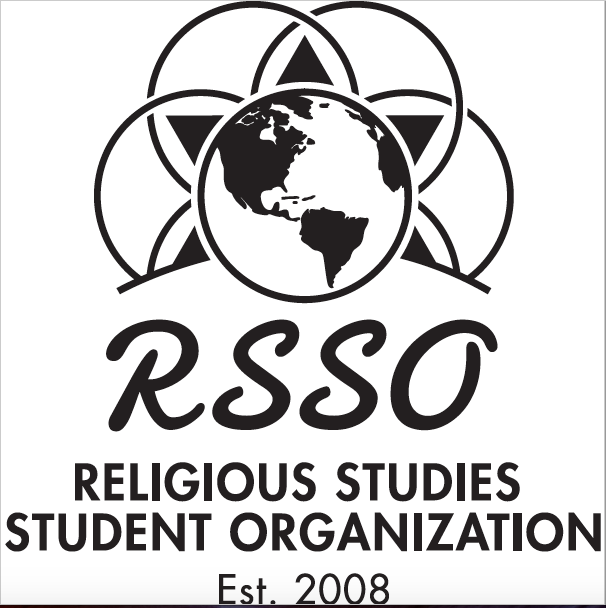Moderator
Dr. Deanna Wesolowski
Start Date
13-4-2019 9:45 AM
End Date
13-4-2019 10:45 AM
Abstract
Revolutionary individualist painter, Shitao, and his work “Riverbank of Peach Blossoms” of the album Wilderness Colors, drew on Buddhist values to help define his own style of painting by using techniques that complemented abstraction, impermanence, and color. This is not to exclude the effects of Daoist values on his paintings, but rather to highlight a lesser researched connection between Buddhism and his work.
In order to analyze the impact of Buddhist experiences on Shitao’s art, I synthesized textual and image-based research, and a case study of Wilderness Colors located in the collections of The Metropolitan Museum of Art in New York. I applied these works to scholarship written about Shitao’s personal, political, and religious background to incorporate psychoanalytic theory surrounding his conceptual individualism in a time of reverent imitation, and to determine how artistic choices were made in tandem with his life as an artist, traveler, renounced royal, and Yangzhou resident.
I found that his innovations led to many important reconsiderations in the art world. Audiences of his work were challenged to redefine the meaning of beauty. Unveiling praxis within paintings allowed for new uses of brushstrokes, color, washes, negative space and a focus on essence over the reality of subject matter. The independence it took to invoke this revolution shows connections to the confluence of many religions. Specifically in Buddhism, “Riverbank of Peach Blossoms” highlights the technical and purpose-filled engagement with the Four Noble Truths, simplicity, and impermanence.
The attempt to create individual value and freedom through deeper abstraction represents a change happening at the end of 17th century China. Artists begin to feel less opposed to engaging in methods of art sales, intellectual conversation isn’t dependent on universal truths or dictatorial voices, and a person can have a life after renouncing the throne, the monastery, and the masters.
The Colors of Pleasure and Dissent: The Influence of Buddhism on Shitao's “Riverbank of Peach Blossoms”
Revolutionary individualist painter, Shitao, and his work “Riverbank of Peach Blossoms” of the album Wilderness Colors, drew on Buddhist values to help define his own style of painting by using techniques that complemented abstraction, impermanence, and color. This is not to exclude the effects of Daoist values on his paintings, but rather to highlight a lesser researched connection between Buddhism and his work.
In order to analyze the impact of Buddhist experiences on Shitao’s art, I synthesized textual and image-based research, and a case study of Wilderness Colors located in the collections of The Metropolitan Museum of Art in New York. I applied these works to scholarship written about Shitao’s personal, political, and religious background to incorporate psychoanalytic theory surrounding his conceptual individualism in a time of reverent imitation, and to determine how artistic choices were made in tandem with his life as an artist, traveler, renounced royal, and Yangzhou resident.
I found that his innovations led to many important reconsiderations in the art world. Audiences of his work were challenged to redefine the meaning of beauty. Unveiling praxis within paintings allowed for new uses of brushstrokes, color, washes, negative space and a focus on essence over the reality of subject matter. The independence it took to invoke this revolution shows connections to the confluence of many religions. Specifically in Buddhism, “Riverbank of Peach Blossoms” highlights the technical and purpose-filled engagement with the Four Noble Truths, simplicity, and impermanence.
The attempt to create individual value and freedom through deeper abstraction represents a change happening at the end of 17th century China. Artists begin to feel less opposed to engaging in methods of art sales, intellectual conversation isn’t dependent on universal truths or dictatorial voices, and a person can have a life after renouncing the throne, the monastery, and the masters.

